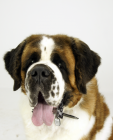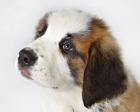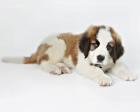Saint Bernard
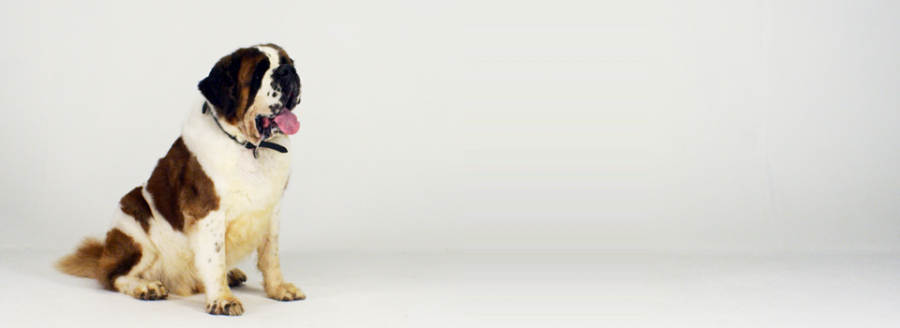
In my own words
What’s that? Walkies? Oh but I just want five more minutes in bed...Oh wait! The kids are coming too! Oh that’s brilliant news! I best be on the lookout for anyone who might threaten them; I haven’t seen any polar bears in Surrey yet but you can never be too careful.
Please don’t rush me out of the door though , I can be a bit slow sometimes. But, I mean, why do we have to rush? Oops, bumped into the table again; I must be more careful – but I’m so big! I can’t help it sometimes. I hope we are going to the new field, I like that one. It’s got loads of rocks and stuff I can jump over. I like jumping over rocks me, I’ve got really big feet and they help me balance and stuff. Apparently I’m bred to be able to do it. My ancestors used to save travellers when they got lost in snowy mountains and that’s why I’m named after a Saint.
My ideal owner(s)
Families. I’m great with kids! But I’m big and strong, so watch the little ones.
People who live in colder countries, I have a thick coat.
Those with space. Like I say, I’m big. I like a nice garden, or a park.
People who need a companion. I’m very loyal.
What they say about me
Friendly
Sweet
Big and Strong
Mellow and thoughtful
Is this Saint Bernard for you?
Test your knowledge about the Saint Bernard
Information essential about the Saint Bernard
Kennel Club Group:
Working
Size:
27-35 inches (or 68-88cm) males and females, from floor to withers (the withers is a ridge between the dog’s shoulder blades, its tallest point).
Weight:
110-180 pounds (or 50kg-85kg).
Please be aware that they are, indeed, big, heavy dogs.
Popularity:
St Bernards a very popular in the United States, but not quite so much in Europe or the UK
Breed History:
St Bernards are often depicted in popular culture with a bottle of brandy tied around their necks out rescuing stricken travellers in the Swiss Alps; and this comes from the fact that dogs were bred and used by the monks of the Hospice of the Great Saint Bernard Pass to actually do this. In 1707, the overworked monks realised that dogs, normally the Swiss Cattle Dog, with their superior noses, strength and weather-resistant coats were better equipped to rescue travellers than themselves. They also discovered that they had an in-bred sense of direction which was the key to survival in blizzards which caused humans to become totally lost and disorientated. Many of the dogs bred by the monks became famous, including ‘Barry’ who is said to have saved the lives of over 40 people. Barry became so famous in fact, that the breed became known as ‘Barry hounds’ in the 19th century. Somewhat sadly, by the 1830s many of the dogs were lost due to interbreeding, disease and bad winters so the monks decided to breed the dogs with Newfoundlands (bought over from Canada, a British colony) in order to save it, and this created the more recognisable dog today. Soon a breed club was founded in Basel, and the dog has become something of a Swiss national symbol.
Character:
They become very affectionate to anyone they meet, and are great with children and other animals and this fondness with children really is very much a characteristic of the breed. The first sight of a St. Bernard creates an uncontrollable feeling to stroke it, because of this affection it will show you and also because of its lovable gentleness (as well as that fantastic fluffy coat). Their size means often they can bump into things (chairs, flower pots, unsuspecting five year olds), and this is not meant maliciously; but do remember this when letting really little children play with them; or if they are going to be around frail people. Because of this size and weight as well, though, they’re not the easiest dogs to get around long distance; and they’re is a high chance that they will not fit comfortably in your car (on a side note, even on a cool day, a St Bernard will get very hot in a parked car because of its thick coat. It’s their version of a woollen jacket, but remember they can’t take it off.) St Bernard’s rarely wish to bark, and seldom pose any threat to wildlife (perfect if you live near livestock); but because of their loyalty they will look defend you or your possessions.
Temperament:
They are very mellow but still need a good amount of exercise so they sometimes have to be dragged away from their beds in order to go for a walk. They are very thoughtful, and you’ll won’t often find them wanting to run about, chasing after balls and such . Because of this the breed would be suitable for someone who enjoys a more relaxed and laid-back dog. So, all in all, they are good-humoured, trustworthy and benign. They are very loyal and this loyalty will sometimes cause the dog some insecurities if it is left alone for an extended period of time, as they can become over-dependant on their families. When puppies they can also be a little stubborn, but training is not too difficult.
Conformation:
The St Bernard is a heavy set and large dog. It has a large head with expressive dark eyes, a large black nose and triangular shaped ears which lay flat to the head. It’s eyelids are notable in that they can form a tight barrier against blizzards. It cannot be emphasised enough that they are very large and muscular, causing them to be exceptionally strong. This physic means they are brilliant at covering rough ground. Because of this their forelegs should be straight, with good bone and of good length. The back legs should again be heavy in bone with muscular thighs. The feet are large, compact with well arched toes. St Bernards can have rough or smooth coats, both styles thick. The tail is usually long and fluffy, and they have a tendency to cover their eyes with it while sleeping. Their heads should be massive (in comparison to other dogs), with a short nose with a somewhat abrupt stop and fairly prominent brow. The back should be broad and straight with well rounded ribs.
Colour:
Red and white, with a variable combination of both. Darker markings can sometimes be seen
Training:
St Bernards are eager to please and easy to train. They like to socialise early, so the dog getting used to family members shouldn’t be a problem. Some understanding of the dog, however, must be applied while training due to their slow-mindedness. Also be careful to train the puppy to not pull on the lead, as they will continue to do this as they get older if not phased out when they are younger. Due to the size of the dog as an adult, this could create real problems!
Care:
St Bernards shed a lot. As a result it will need to be brushed every day, perhaps after a walk, to remove loose hairs (you could make it a fun game for children). This may seem like a lot of brushing, but postponing it will make the coat become even thicker and a bit unmanageable.
Health:
St Bernards grow very quickly, and damage to the bones, cartilage and muscles can occur if they receive too much or too little exercise or an incorrect food intake. The best place to get advice on this is from a vet, who may recommend a hip score. St Bernards are also a little bit more at risk to having cardiovascular problems due to their large size. In general though the breed has an average susceptibility to illness and will have an average lifespan of 9 years. A good point of note is that when performing a regular check on the dog (to check for lumps, abnormal skin etc) take extra care due to the thick coat.
Exercise:
As a St Bernard will grow very quickly, it is important that exercise is introduced gradually to its routine. Avoid putting excess strain on their growing bones and tender tissues and, even with the adult dog, care must taken to build up exercise gradually to around 60 mins a day. Having said that, for their size they really do not need copious amounts of exercise. Make sure puppies do not run up and down stairs as this will put a lot of strain on their back and legs.
You may also like:
If you like Saint Bernards, you may be interested in breeds of the same size »
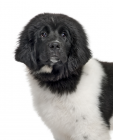
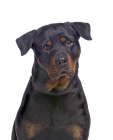
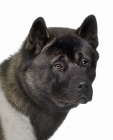
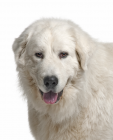
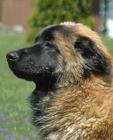
If you like Saint Bernards, you may like other breeds with similar characteristics »
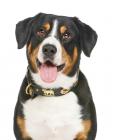

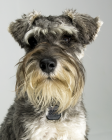
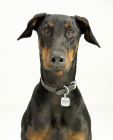
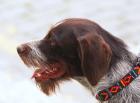
If you like Saint Bernards, you may be interested in these other working dogs »
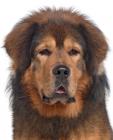
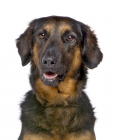
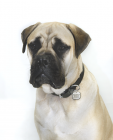
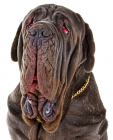
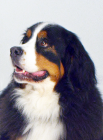
Advice on choosing your breed »
Find an animal shelter or rescue home where a Saint Bernard is waiting for a new home »
The following grid gives a fast track review which covers all breeds. You can apply it to help you decide if a St Bernard is suitable for you, the environment where you live, your personality and your lifestyle. On the grid, 1= strongly disagree, and 5= strongly agree.
Be the first to rate this breed »
|
*PLEASE NOTE: All our breed profiles are general, and all dogs are individuals. Always talk to the breeders and meet the owners you are buying from. Try to meet the dog and its parents if it is a puppy in their home environment.








